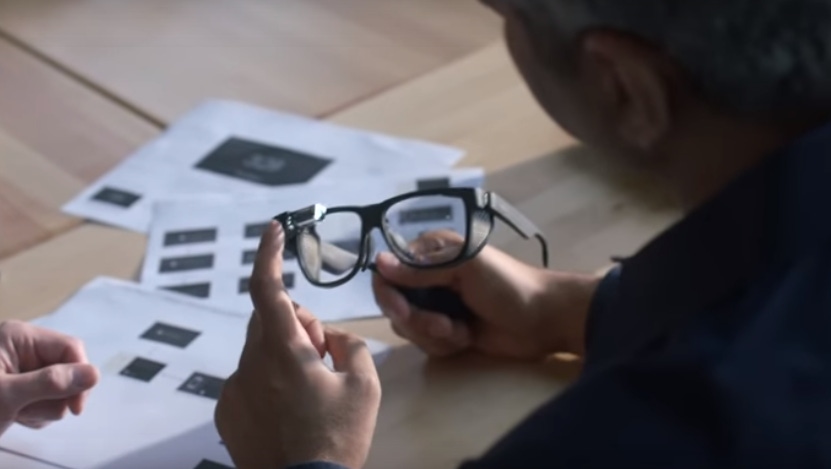Google is taking another crack at the growing augmented reality segment with the launch of Glass Enterprise Edition 2.
May 20, 2019

Google is taking another crack at the growing augmented reality segment with the launch of Glass Enterprise Edition 2.
While the first enterprise product has seemingly trundled along without fanfare, Google will be hoping the segment is ripe enough to make the desired millions. Although this is a technology area which promises huge prospects in the future, sceptics will suggest society, networks and the supporting ecosystem isn’t quite ready to make this dream a reality.
“Over the past two years at X, Alphabet’s moonshot factory, we’ve collaborated with our partners to provide solutions that improve workplace productivity for a growing number of customers – including AGCO, Deutsche Post DHL Group, Sutter Health, and H.B. Fuller,” said Jay Kothari Project, Lead for Glass. “We’ve been inspired by the ways businesses like these have been using Glass Enterprise Edition.
“X, which is designed to be a protected space for long-term thinking and experimentation, has been a great environment in which to learn and refine the Glass product. Now, in order to meet the demands of the growing market for wearables in the workplace and to better scale our enterprise efforts, the Glass team has moved from X to Google.”
This is a massive step for any Google idea. Graduating from the moonshot labs to be listed as a genuine brand in the Google family is a sign executives think there are profits to be made now, not in the future. Over the last couple of months, we’ve seen the likes of Loon and Fi make their way into the real world, and now it is time for Glass to hit the big time.
Google Glass was first brought to the market in 2013, though this wasn’t exactly a riveting success. Perhaps it was just a sign of the ecosystem and society at the time; people just weren’t ready for this type of innovation. However, Google is a company which often demonstrates innovation leadership and it was never going to completely give up on this idea. The products were taken back to the labs and refined.
What you have now is an enterprise orientated product which has the potential to run into the mass market. This makes sense for two reasons; firstly, there are more immediate usecases for the enterprise world, and secondly, businesses have more money to spend on these types of products than the consumer.
What remains to be seen is whether Google has any long-term interest in the hardware space or whether this is a game-plan to generate momentum in an embryonic segment.
When you look at the smart speaker segment, Google was always set to make more money in software and services than the hardware space. As soon as the traditional audio brands got the idea, its products were going to come up short. However, selling the hardware cheap to gain consumer buy-in while simultaneously demonstrating market appetite to the traditional brands was an excellent move.
Now there are more mainstream brands starting to develop their own smart speakers, Google can create partnerships to ensure its virtual assistance is exposed to the consumer and make money through means which are embedded in its corporate DNA; third-party relationships and online advertising.
Google might well have ambitions to take a leadership position in the AR glasses space, but you can also guarantee it has bigger plans to make profits through the supporting software and services ecosystem.
About the Author(s)
You May Also Like








.png?width=300&auto=webp&quality=80&disable=upscale)


_1.jpg?width=300&auto=webp&quality=80&disable=upscale)


.png?width=800&auto=webp&quality=80&disable=upscale)